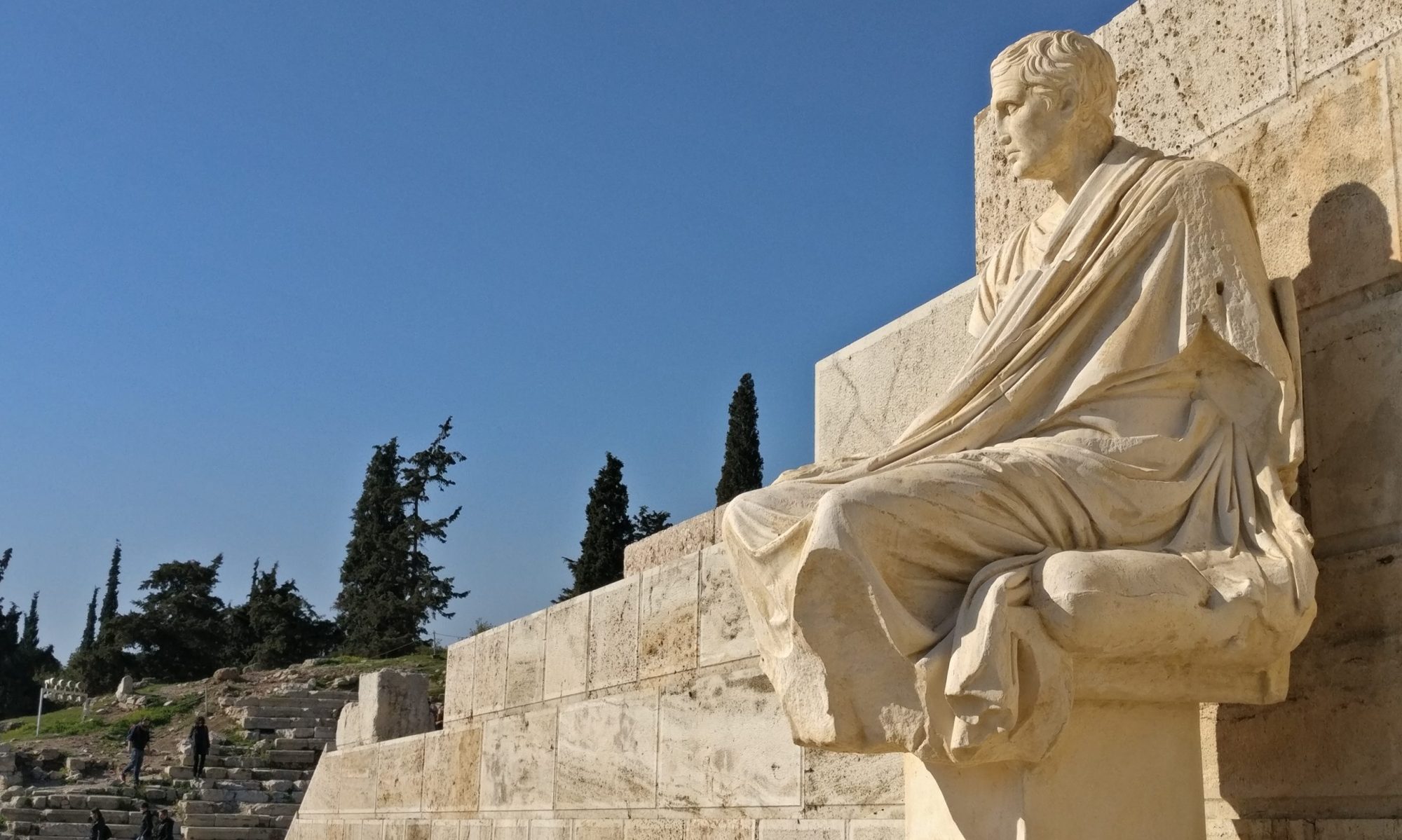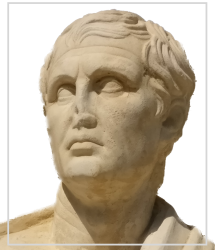Welcome to Menander Consulting Ltd.
Experienced professional and technical leader, with over 20 years of consulting experience and architecture leadership in the analysis of businesses and design of digital infrastructures and solutions.
Experienced across the industries of finance, utilities, construction and government and public sector.
Delivery-focused and pragmatic in approach, with considerable team leading, architectural and technical design experience, allied with an appreciation of business needs and effective people management skills.
Experienced across the IT life cycle – from pre-sales through to design, delivery, deployment, and service-delivery.
A proven track record in bridging the gap between business and IT, a good communicator working across all levels from the board members to junior developers and as much a hands-on solution architect as a thought-leading enterprise architect.
Who was Menander?
Menander (/məˈnændər/; Greek: Μένανδρος Menandros; c. 342/41 – c. 290 BC) was a Greek dramatist and the best-known representative of Athenian New Comedy.[1] He wrote 108 comedies[2] and took the prize at the Lenaia festival eight times.[3] His record at the City Dionysia is unknown.
He was one of the most popular writers in antiquity, but his work was lost during the Middle Ages and is now known in highly fragmentary form, much of which was discovered in the 20th century. Only one play, Dyskolos, has survived almost complete.
https://en.wikipedia.org/wiki/Menander
Menander – A BCE Data Loss
Most of Menander’s work did not survive the Middle Ages, except as short fragments.
Until the end of the 19th century, all that was known of Menander were fragments quoted by other authors and collected by Augustus Meineke (1855) and Theodor Kock, Comicorum Atticorum Fragmenta (1888). These consist of some 1650 verses or parts of verses, in addition to a considerable number of words quoted from Menander by ancient lexicographers.
This situation changed abruptly in 1907, with the discovery of the Cairo Codex, which contained large parts of the Samia, the Perikeiromene, and the Epitrepontes; a section of the Heros; and another fragment from an unidentified play. A fragment of 115 lines of the Sikyonioi had been found in the papier mache of a mummy case in 1906.
In 1959, the Bodmer papyrus was published containing Dyskolos, more of the Samia, and half of the Aspis. In the late 1960s, more of the Sikyonioi was found as filling for two more mummy cases; this proved to be drawn from the same manuscript as the discovery in 1906, which had clearly been thoroughly recycled.
Other papyrus fragments continue to be discovered and published.[17]
In 2003, a palimpsest manuscript, in Syriac writing of the 9th century, was found where the reused parchment comes from a very expensive 4th-century Greek manuscript of works by Menander. The surviving leaves contain parts of the Dyskolos and 200 lines of another piece by Menander, so far unpublished, titled Titthe.
https://en.wikipedia.org/wiki/Menander
So Why Did We Choose This Name for Our Company…?
This TV programme was an inspiration – and a reminder of the story of the (data) loss regarding Menander: ‘Ancient Greece – The Greatest Show on Earth’.
Also – it was an available ‘.co.uk’ domain…
Interested To Know More?
If you’d like to know more, please get in touch.

